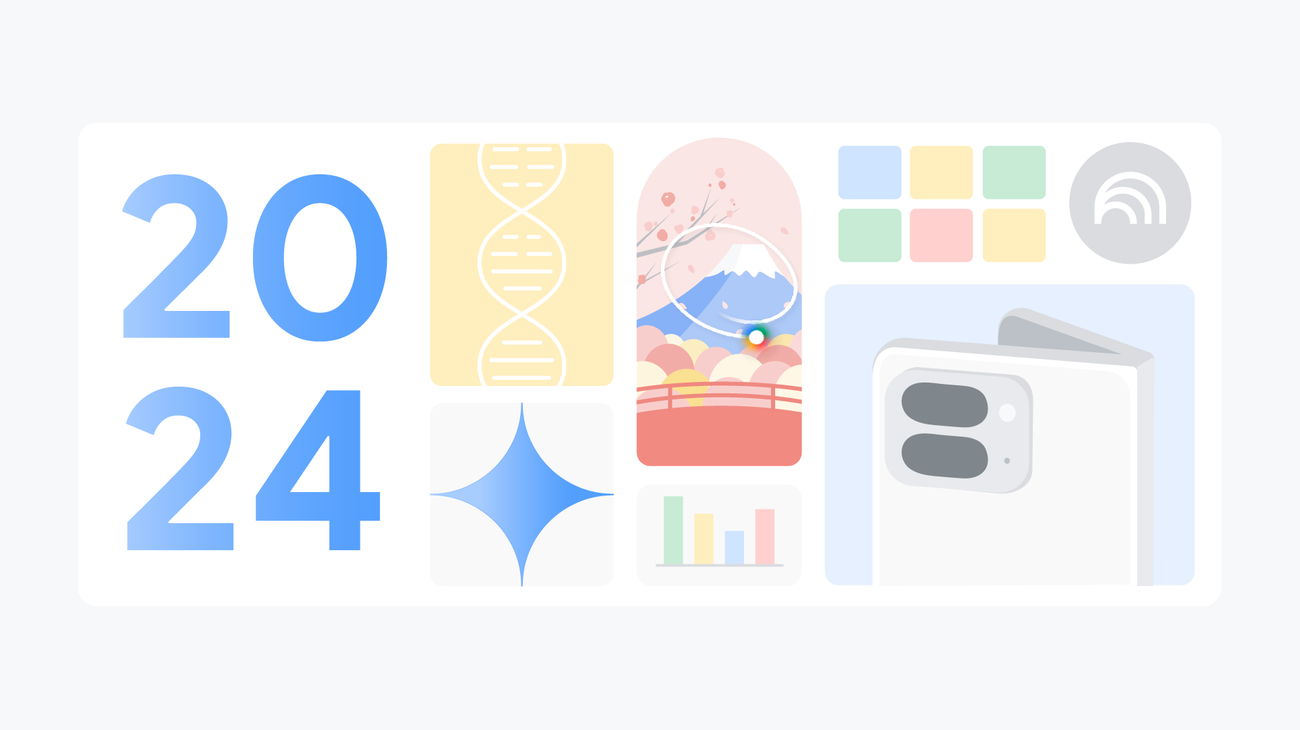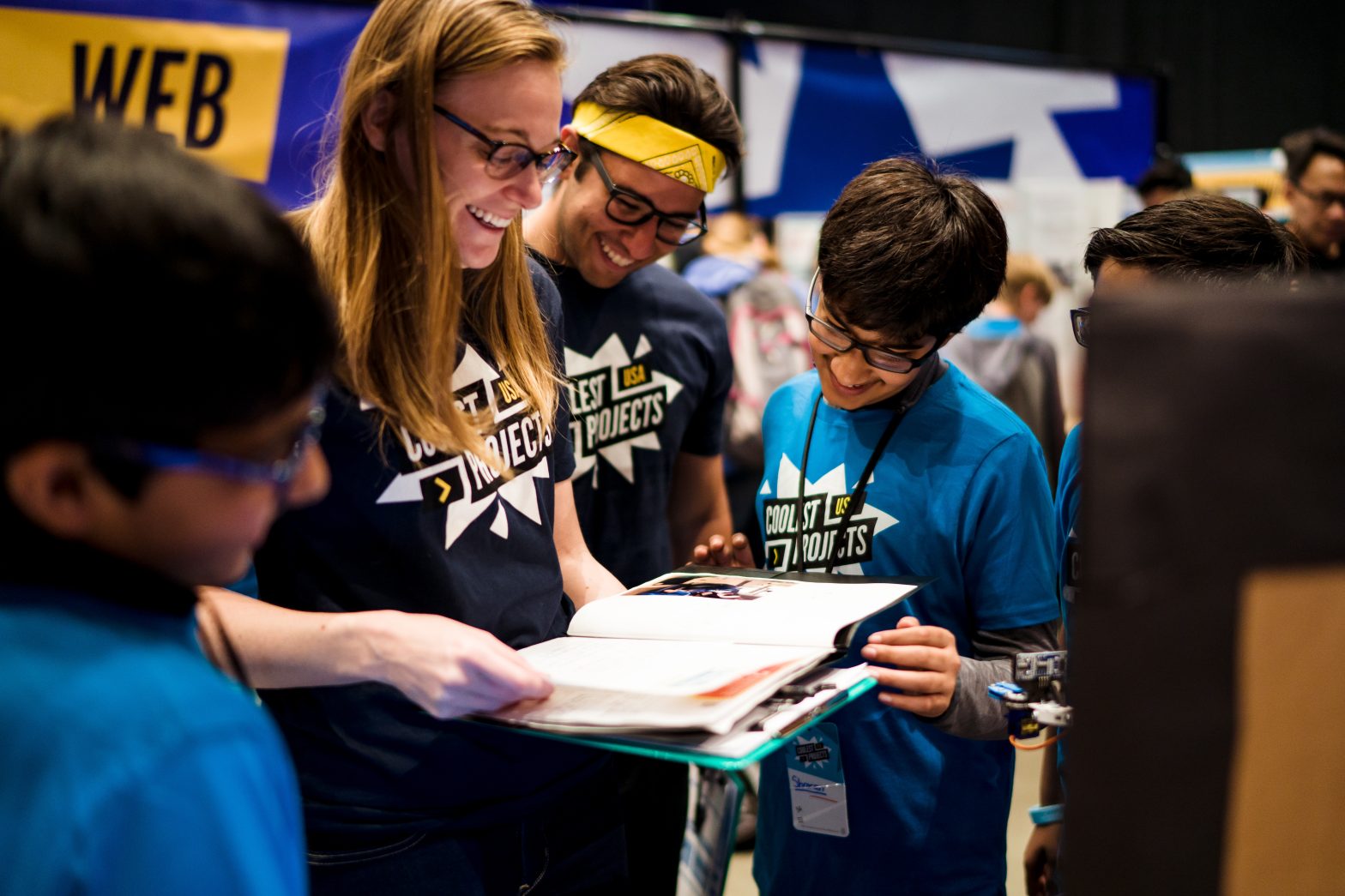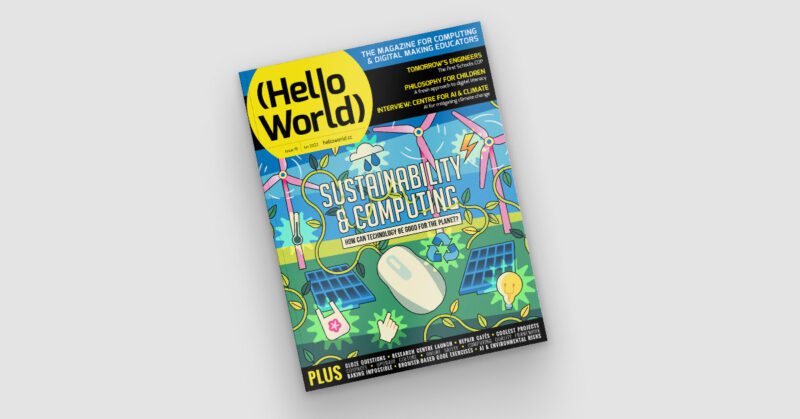Schlagwort: sustainability
-

60 of our biggest AI announcements in 202460 of our biggest AI announcements in 2024
Reading Time: 6 minutesRecap some of Google’s biggest AI news from 2024, including moments from Gemini, NotebookLM, Search and more.Recap some of Google’s biggest AI news from 2024, including moments from Gemini, NotebookLM, Search and more.Website: LINK
-

Repair cafés in computing education | Hello World #19
Reading Time: 5 minutesMany technology items are disposed of each year, either because they are broken, are no longer needed, or have been upgraded. Researchers from Germany have identified this as an opportunity to develop a scheme of work for Computing, while at the same time highlighting the importance of sustainability in hardware and software…
-

Young people’s projects for a sustainable future
Reading Time: 5 minutesThis post has been adapted from an article in issue 19 of Hello World magazine, which explores the interaction between technology and sustainability. We may have had the Coolest Projects livestream, but we are still in awe of the 2092 projects that young people sent in for this year’s online technology showcase!…
-

Computing and sustainability in your classroom | Hello World #19
Reading Time: 5 minutesIssue 19 of our free magazine Hello World, written by and for the computing education community, focuses on the interaction between sustainability and computing, from how we can interact with technology responsibly, to its potential to mitigate climate change. To give you a taste of this brand-new issue, here is primary school…




